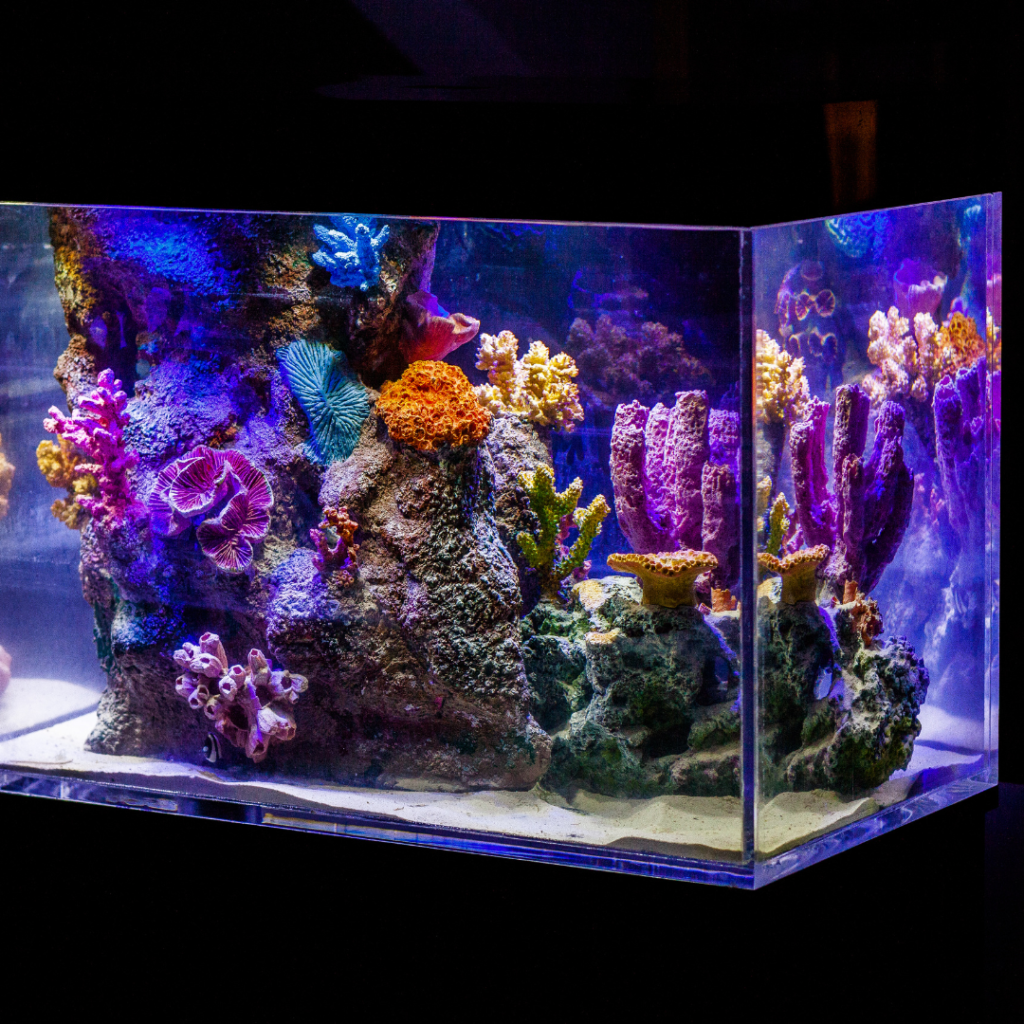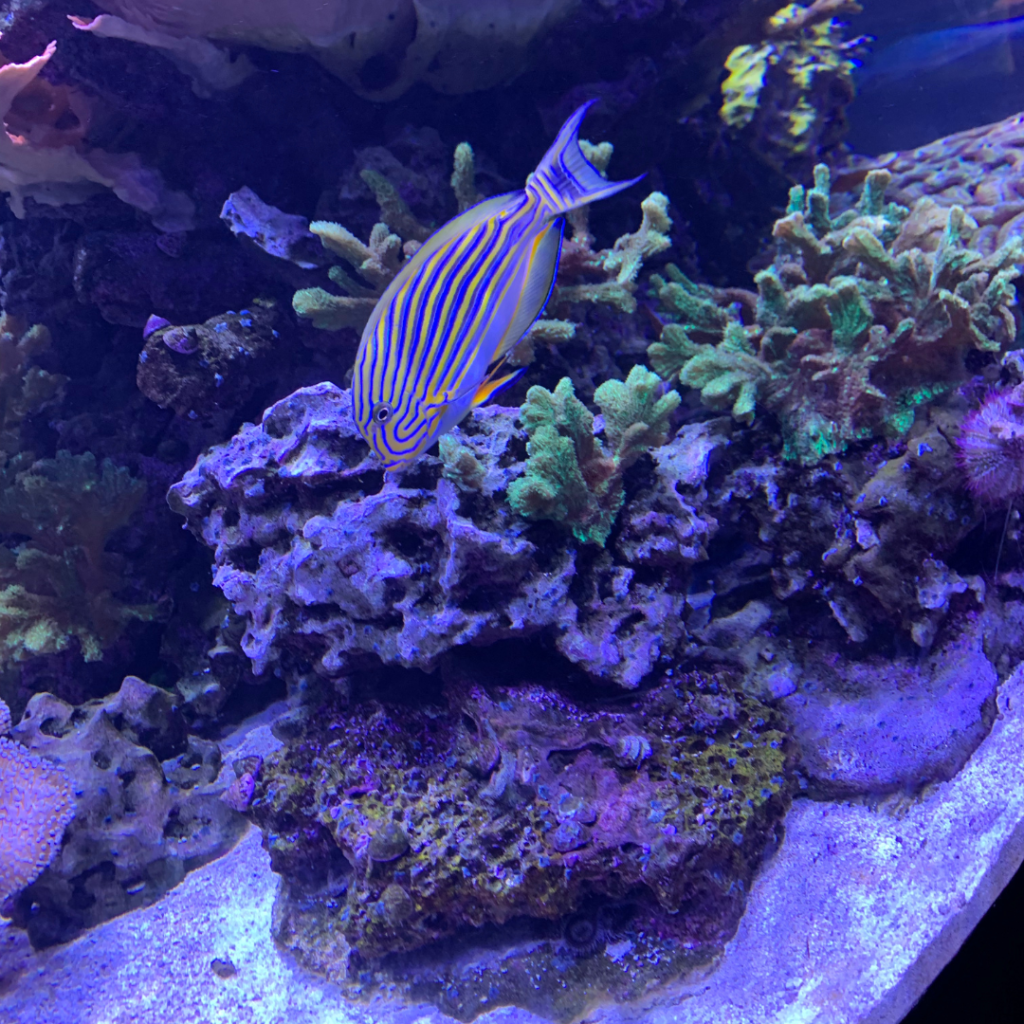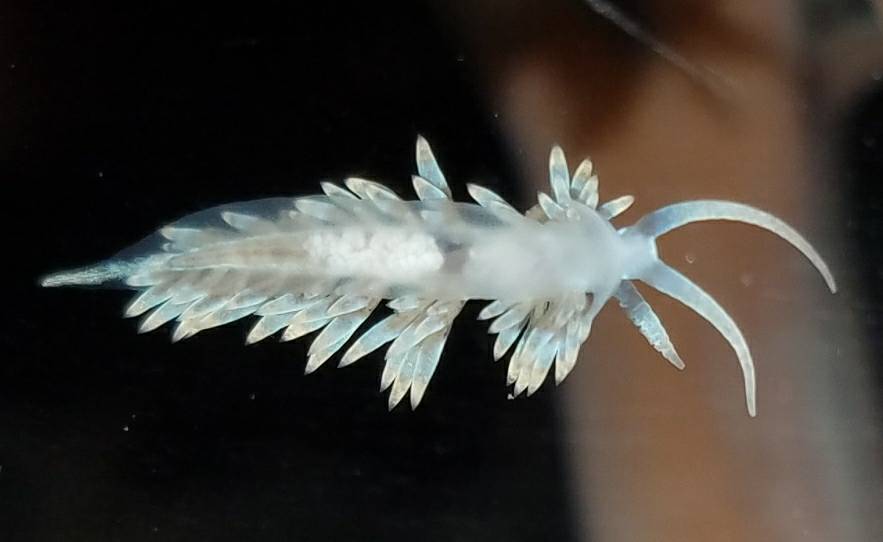Cycling a saltwater tank is an essential process that new aquarium hobbyists must understand and complete before adding marine life to their systems. The big question on many enthusiasts’ minds is: How long does it take to cycle a saltwater tank? The answer depends on several factors, including the methods and products used.
In this article, we will explore the nitrogen cycle, the factors that affect cycling time, and tips to establish a thriving and stable marine environment in your aquarium.
what is tank cycling
Tank cycling, also known as the aquarium cycle, is the process of establishing a stable population of beneficial bacteria in your aquarium.
This process is crucial for breaking down waste products and maintaining a healthy environment for your aquatic inhabitants. When you first set up an aquarium, beneficial bacteria responsible for breaking down ammonia and nitrite are not yet present in significant numbers.
As you add fish and other inhabitants, they produce waste, increasing ammonia levels in the tank. Proper tank cycling helps reduce the risk of fish loss, illness, and other issues related to poor water quality.
During the cycling process, it’s essential to monitor your aquarium’s water parameters, testing for ammonia, nitrite, and nitrate levels. This helps you track the progress of the cycle and make any necessary adjustments to ensure a successful and stable environment.
Patience is key during this process, as introducing fish and other organisms too early can lead to stress, illness, and even death.
By understanding the nitrogen cycle and allowing your salt water tank to cycle properly, you can ensure the long-term health and success of your aquarium.
The Nitrogen Cycle Explained

The nitrogen cycle is a vital biological process that plays a critical role in maintaining a stable and healthy aquarium environment. It involves the conversion of toxic waste products into less harmful substances, ensuring the well-being of your aquatic inhabitants.
The nitrogen cycle consists of three primary stages:
- Ammonia (NH3) – Fish waste, uneaten food, and decaying organic matter produce ammonia, a highly toxic substance to fish and invertebrates. Ammonia can quickly accumulate in an aquarium and lead to stress, illness, and even death of your aquatic life. It is essential to minimize ammonia levels by ensuring proper filtration, avoiding overfeeding, and regularly removing detritus from the tank.
- Nitrite (NO2-) – Nitrosomonas, a group of beneficial bacteria, oxidize ammonia into nitrite, which is also toxic to marine life. Nitrite can impair oxygen transport in fish, leading to a condition known as “brown blood disease” or methemoglobinemia. Maintaining a healthy population of Nitrosomonas bacteria in your aquarium is crucial for efficient ammonia processing and preventing nitrite accumulation.
- Nitrate (NO3-) – Nitrobacter, another group of beneficial bacteria, transform nitrite into nitrate, which is less toxic and can be managed through regular water changes, the use of macroalgae, or absorption by plants and algae. While nitrate is less harmful than ammonia or nitrite, elevated levels can contribute to poor water quality, algae blooms, and stress on your aquatic inhabitants. Regular water testing and maintenance will help keep nitrate levels in check and ensure a healthy aquarium environment.
Throughout the nitrogen cycle, aerobic and anaerobic bacteria work together to break down waste products and convert them into less harmful forms. Aerobic bacteria thrive in oxygen-rich environments, such as the surface of filter media, while anaerobic bacteria prefer low-oxygen areas, like deep within live rock or sand beds.
Providing ample surface area for bacterial colonization and ensuring proper water flow and oxygenation will support a robust and efficient nitrogen cycle in your aquarium.
How Long Does It Take to Cycle a Saltwater Tank?
The cycling process duration varies based on factors such as tank size, water parameters, and the presence of live rock or live sand. Generally, the cycling process takes between 4 to 6 weeks. However, it can sometimes be as short as two weeks or as long as eight weeks.
Patience is crucial during this process, and it’s essential to avoid adding fish or other marine life until the cycle is complete to prevent stress and illness.
Learn how to cycle your tank in 24 hours
Strategies to Speed Up the Cycling Process

To expedite the cycling process in your saltwater tank, consider implementing the following tips:
- Incorporate Live Rock or Live Sand: Introducing live rock or live sand to your tank can significantly accelerate the cycling process by adding beneficial bacteria. Live rock and live sand are pre-colonized with bacteria, which can kick-start the nitrogen cycle and reduce the overall cycling time.
- Utilize a Bacteria Starter: Bacteria starters, such as Bio-S Nitrifying Bacteria, can help establish beneficial bacterial colonies in your tank. These products contain live bacteria that can rapidly colonize your tank and speed up the cycling process. Follow the product instructions for proper dosing and application.
- Maintain Optimal Water Parameters: Supporting the growth of beneficial bacteria requires maintaining optimal water parameters, including stable temperature, salinity, and pH. Regularly testing your water parameters and making adjustments as needed will help create a conducive environment for bacterial colonization.
- Use a Mature Filter: If available, using a filter from an established aquarium can introduce beneficial bacteria to your new tank, significantly reducing the cycling time. Make sure the filter is adequately cleaned and free of harmful contaminants before introducing it to your new tank.
The saltwater tank cycle
Cycling a saltwater tank, also known as the nitrogen cycle, is a vital process for establishing a balanced and thriving marine environment. The cycle involves the conversion of harmful substances like ammonia and nitrite into less harmful substances such as nitrate, facilitated by beneficial bacteria.
To prepare your tank, set up the necessary equipment, add live rock and sand, and fill it with premixed saltwater. Kickstart the cycle by introducing a source of ammonia and monitor the water parameters regularly.
The cycling process typically takes 4-6 weeks and is complete when ammonia and nitrite levels drop to 0 ppm, with nitrates present. Gradually introduce marine life to the tank once the cycle is complete, and continue to monitor water parameters and perform regular maintenance.
In summary, patience and diligent monitoring of the nitrogen cycle are key to creating a healthy and stable environment for your marine inhabitants.



